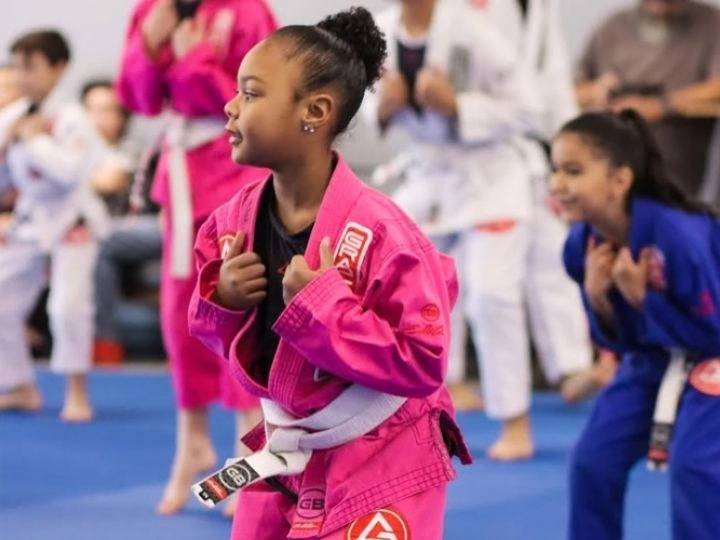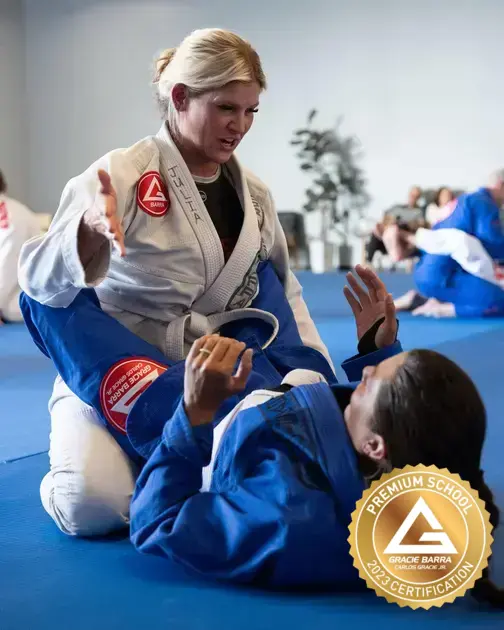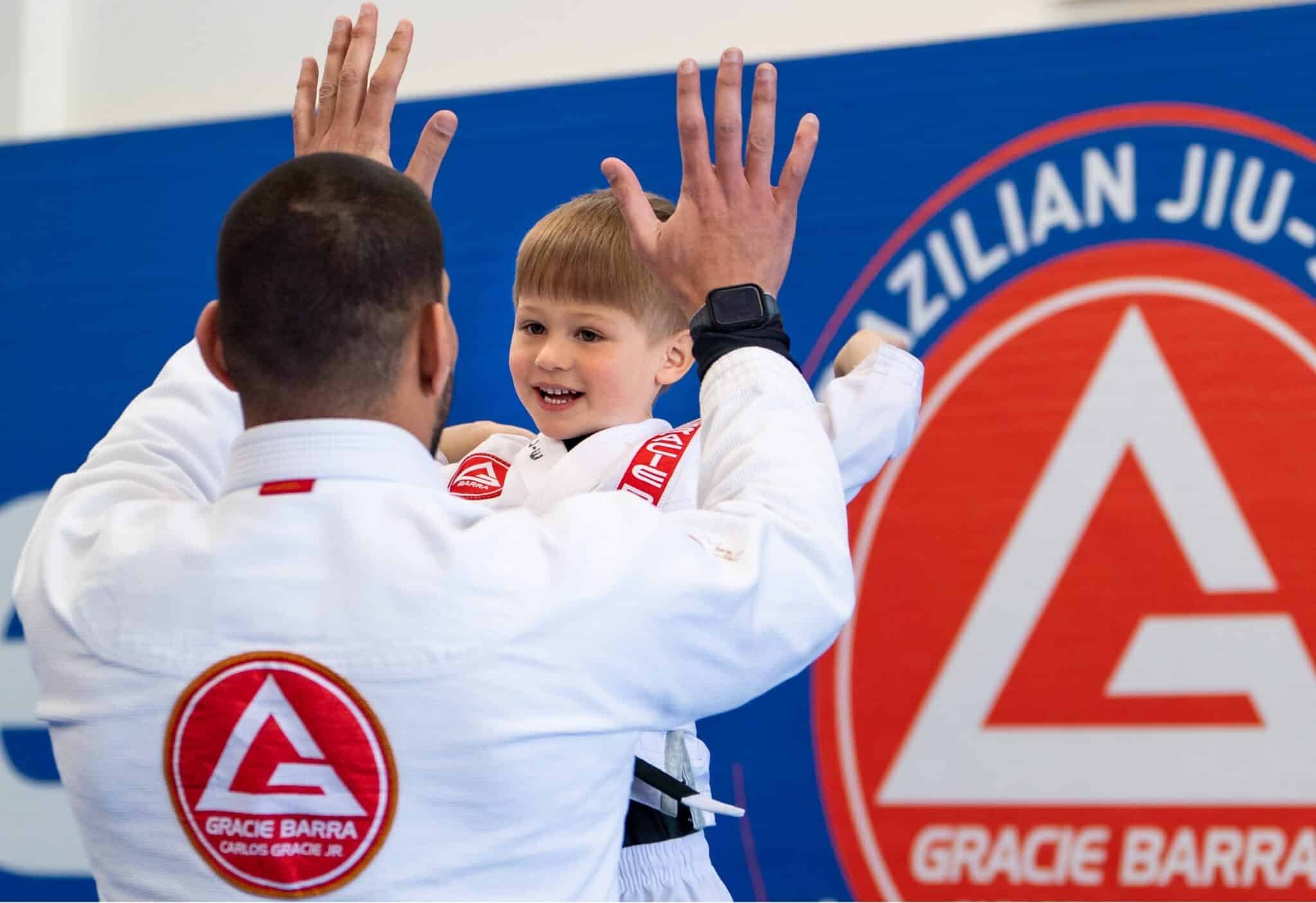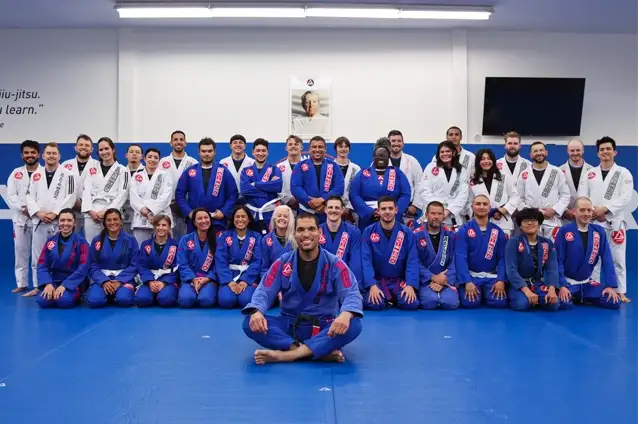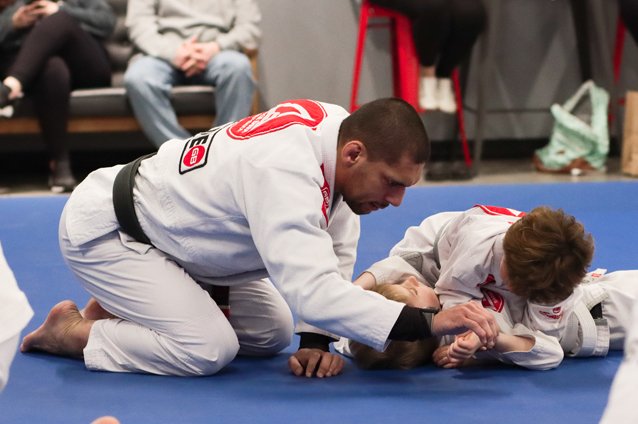I’m Carlos Daniel, black belt and Head Professor for Gracie Barra Salt Lake City. One of the most common questions I hear from parents and new students is: “How does the belt system work in Jiu-Jitsu for kids?” At Gracie Barra Salt Lake City, we believe that understanding the path ahead helps children stay motivated and focused in their training journey. This article is here to guide you through the basics and deeper aspects of the Jiu-Jitsu for kids belt system in a simple, clear, and meaningful way.
What Is the Belt System in Jiu-Jitsu for Kids?
In Brazilian Jiu-Jitsu, belts represent progress. For kids, it’s not just about fighting skill, it’s about discipline, respect, dedication, and personal growth. The kids belt system is specially designed to keep young students engaged, encouraged, and rewarded throughout their journey.
Kids Belt Colors and Progression
In Jiu-Jitsu for kids, the belt colors are different from the adult ranks. Here’s a general breakdown:
- White belt – the beginning. Every child starts here.
- Gray belts (with white, solid gray, or black tips)
- Yellow belts (with white, solid yellow, or black tips)
- Orange belts (with white, solid orange, or black tips)
- Green belts (with white, solid green, or black tips)
Each belt represents a step in maturity, growth, and skill development. These belts are awarded based on time on the mat, attendance, attitude, effort, and technical knowledge. There’s no “one-size-fits-all” timeline. Every child moves at their own pace, and that’s what makes Jiu-Jitsu for kids so empowering.
At Gracie Barra Salt Lake City, we make sure that every promotion is earned, not given. We want our students to understand that each stripe, each belt, is a reflection of their journey, not just a reward.
Why Does the Belt System Matter in Jiu-Jitsu for Kids?
Belts offer clear milestones. In the world of Jiu-Jitsu for kids, they help children visualize their goals and celebrate their achievements. Each new belt represents hours of effort, resilience, and growth. More importantly, it reinforces values that extend beyond the mat:
Building Life Skills Through Belts
- Patience: Kids learn that progress comes with time.
- Respect: Students begin to understand the importance of discipline and honoring instructors and classmates.
- Perseverance: BJJ teaches that failure is part of success.
These aren’t just martial arts values. They’re life skills. We often see children carry their confidence and discipline from the academy into school, friendships, and even family life. As a professor, seeing that growth is one of the most fulfilling parts of teaching Jiu-Jitsu for kids.
Belts also help with structure. For young minds, having visible goals provides motivation. It gives kids something to strive for, and the feeling of accomplishment when they earn a stripe or belt is deeply validating.
How Are Promotions Earned in Jiu-Jitsu for Kids?
In our Jiu-Jitsu for kids classes, promotions are never handed out randomly. Here’s what we look for:
- Consistency: Regular attendance and participation
- Technical proficiency: Understanding and executing techniques appropriate for their age and belt
- Behavior: Demonstrating respect, focus, and effort on and off the mat
- Time: Minimum training periods between belts to ensure maturity and development
The Stripe System Explained
We use a stripe system (4 stripes per belt) to track progress. Once a student receives all stripes and fulfills the necessary criteria, they’re considered for belt promotion. Promotions happen in front of peers and family, making it a proud and memorable moment.
We also ensure that promotions come with responsibility. As students move up, they are encouraged to help their teammates, show leadership, and become role models for newer classmates. This peer mentorship reinforces humility and team spirit—both key pillars in our Jiu-Jitsu for kids philosophy.
How Long Does It Take to Earn a New Belt in Jiu-Jitsu for Kids?
There’s no fixed timeline, and that’s a good thing. Every child is unique. On average, children can expect to spend 12–18 months at each belt level. Factors that influence timing include:
- Age
- Class attendance
- Natural development and focus
- Attitude and effort in class
Some students progress quickly, others take more time—and that’s perfectly okay. The beauty of Jiu-Jitsu for kids is that each child has the opportunity to grow at their own rhythm, without pressure or comparison.
We encourage parents to focus not just on belt color but on the broader picture: is your child improving in discipline? Are they more confident? More resilient? These are the real measures of progress.
What Happens After the Kids Belt System?
At age 16, kids transition from the youth Jiu-Jitsu belt system to the adult belt system. Typically, if a student has reached green belt, they will be promoted to a blue belt once they meet the requirements for the adult program.
Preparing for the Transition to Adult Ranks
This transition is an exciting time. It marks the beginning of a new chapter, where students begin to train alongside adults, take on more advanced concepts, and explore the deeper technical and philosophical layers of BJJ.
At Gracie Barra Salt Lake City, we support this transition by gradually increasing the complexity of techniques and helping students build the confidence to train in mixed-age environments. It’s a proud moment for us as instructors to see young students grow into strong, capable martial artists.
The Role of Parents in Supporting the Journey
Parental involvement is a game-changer. When parents understand the Jiu-Jitsu for kids belt system and encourage their children through the ups and downs of training, kids thrive.
Here’s how you can support your child:
- Celebrate effort over outcomes.
- Reinforce the lessons they learn on the mat at home.
- Be patient with plateaus—they’re normal.
- Trust the process and the instructors.
By showing up, engaging with the program, and believing in your child’s journey, you make a tremendous impact.
Why Gracie Barra Salt Lake City Is the Best Place to Learn Jiu-Jitsu for Kids
We don’t just teach techniques — we build confident, respectful, and strong individuals. Our Jiu-Jitsu for kids program is designed to:
- Keep kids active and healthy
- Improve focus, discipline, and social skills
- Offer a fun, structured learning environment
- Build leadership through mentorship and peer support
Our instructors are passionate, trained, and certified by Gracie Barra’s global standards. Classes are age-appropriate, safe, and inclusive. We teach using positive reinforcement, constructive feedback, and lots of encouragement.
We serve families from Salt Lake City, South Salt Lake, Taylorsville, Murray, Holladay, and West Valley City. Whether your child is 4 or 15, there’s a place for them in our academy. Our community is supportive, our facilities are clean and spacious, and our team is dedicated to every child’s success.
Real Stories, Real Growth
Take Jake, for example. He started training at age 6, shy and hesitant. Over time, he learned to focus, built friendships, and started leading warm-ups in class. Today, he’s one of our top orange belts and a mentor to newer students.
Or Maya, who struggled with confidence and coordination at first. Through Jiu-Jitsu for kids, she discovered her strength and resilience. Her parents say she now stands taller, speaks up more, and approaches challenges with courage.
These stories are common here—and they all start with that first class.
Ready to Get Started?
Whether your child is shy, full of energy, or simply needs a positive activity, Jiu-Jitsu for kids is a powerful path for development. And there’s no better way to find out than by experiencing it firsthand.
Schedule a free trial class at Gracie Barra Salt Lake City today and see how your child can benefit from our proven system and supportive community.
Let’s start their journey on the right foot — with purpose, respect, and joy on the mat.

